Fertilizing A Norfolk Island Pine Tree – How To Fertilize A Norfolk Island Pine
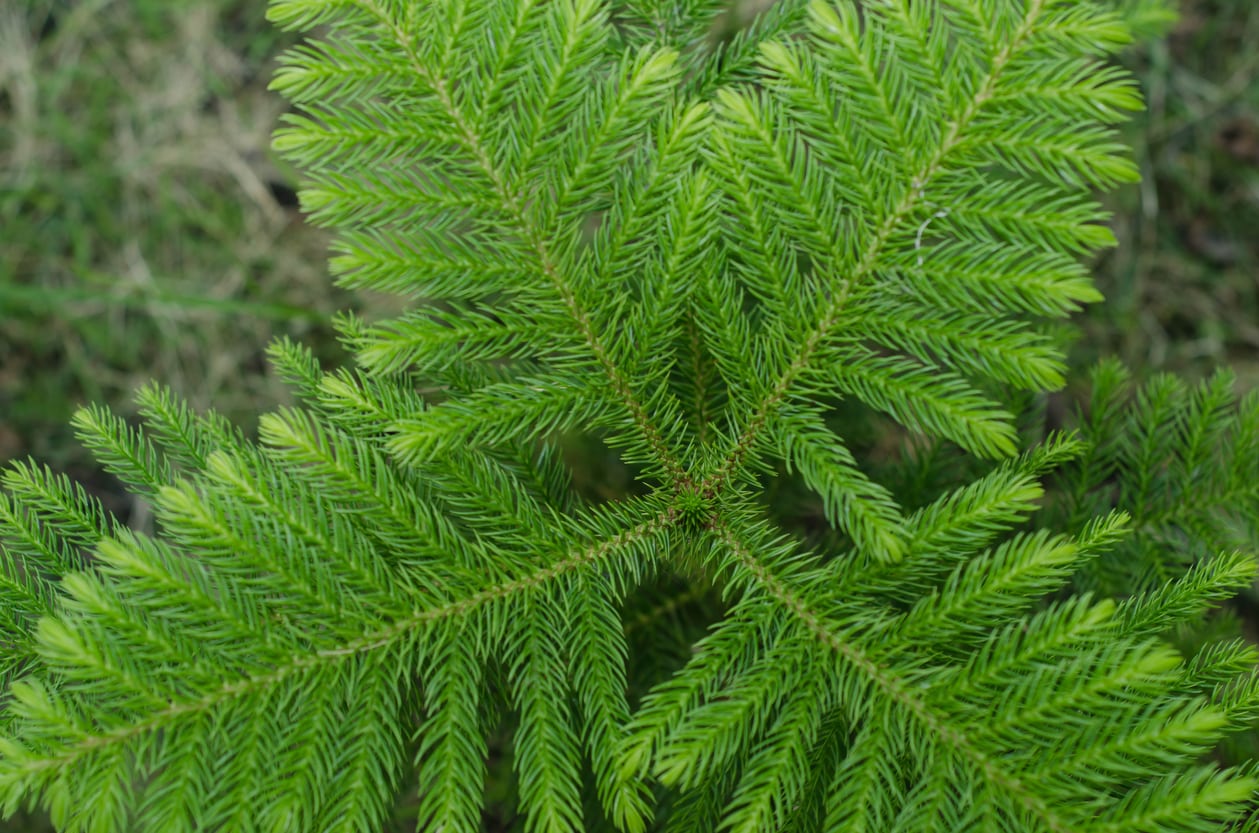

In the wild, Norfolk Island pines are huge, towering specimens. While they are native to the Pacific Islands, gardeners around the world in hot enough climates can grow them outdoors, where they can achieve their normal height. A lot of people are used to them as houseplants, however. And they perform very well in containers, maintaining for years the soft, bushy appearance of their adolescent cousins in the wild. But how much fertilizer does a Norfolk Island pine need to stay healthy? Keep reading to learn more about how to fertilize a Norfolk Island pine, both indoors and out.
How to Fertilize a Norfolk Island Pine Tree
Norfolk pine trees don’t require a lot of fertilization. If you are lucky enough to be able to grow these trees outdoors, they should be able to take care of themselves, especially once they have become established. If your tree is in a container, however, it will benefit from some regular feeding. Norfolk pine trees have a very regular growing schedule – they grow in the summer months and they are dormant in the winter. Even if you are growing your plant indoors, it’s important to lay off the feeding in the winter months in order to give the tree its natural period of dormancy. Make sure to reduce your watering, too.
How Much Fertilizer Does a Norfolk Pine Need?
Feeding Norfolk Island pines in containers is very easy. Opinions differ on exactly how much fertilizer is the right amount, ranging from every 2 weeks to every 3 or 4 months. The important thing is not to overdo it, as any regular, balanced houseplant fertilizer ought to be enough. Choose a water soluble fertilizer and simply apply it occasionally when you are watering. As your plant matures and becomes more established, you can reduce the frequency of feeding.
Gardening tips, videos, info and more delivered right to your inbox!
Sign up for the Gardening Know How newsletter today and receive a free copy of our e-book "How to Grow Delicious Tomatoes".

The only child of a horticulturist and an English teacher, Liz Baessler was destined to become a gardening editor. She has been with Gardening Know how since 2015, and a Senior Editor since 2020. She holds a BA in English from Brandeis University and an MA in English from the University of Geneva, Switzerland. After years of gardening in containers and community garden plots, she finally has a backyard of her own, which she is systematically filling with vegetables and flowers.
-
 Try The Trend – Turn Any Bed Into A Keyhole Garden With This Clever In-Ground Composter
Try The Trend – Turn Any Bed Into A Keyhole Garden With This Clever In-Ground ComposterKeyhole gardening is an efficient and sustainable practice that saves space. Get started on this DIY project quickly and easily with an in-ground composter.
By Bonnie L. Grant
-
 4 Superfast Composting Methods: Turn Waste Into Garden Gold In 30 Days Or Less
4 Superfast Composting Methods: Turn Waste Into Garden Gold In 30 Days Or LessTry the fastest composting methods to turbocharge your pile and transform kitchen scraps and garden waste into finished compost in just a few weeks.
By Mary Ellen Ellis
-
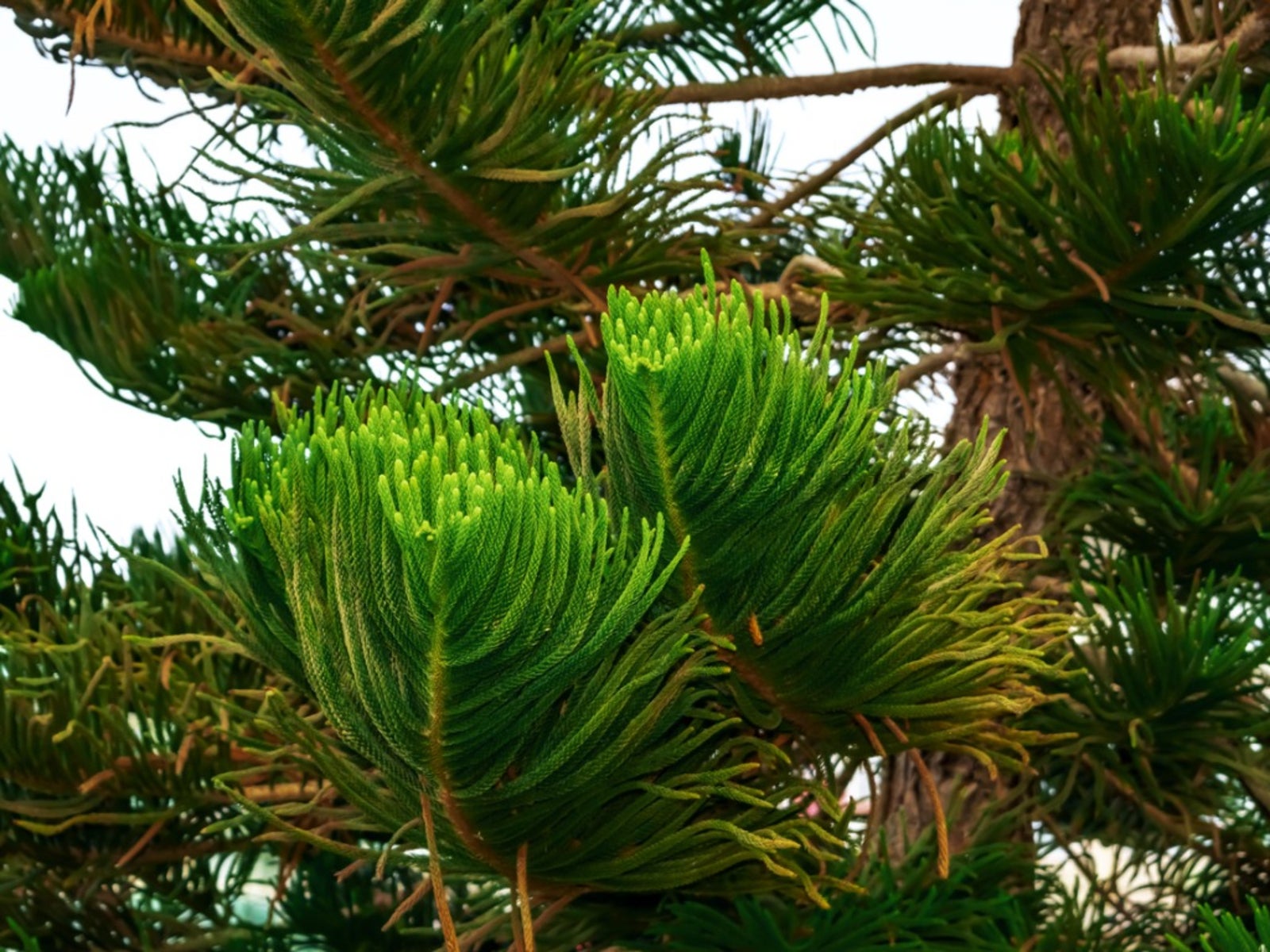 Yellow/Brown Norfolk Pine Leaves: My Norfolk Pine Is Turning Brown
Yellow/Brown Norfolk Pine Leaves: My Norfolk Pine Is Turning BrownIf the foliage of your lovely Norfolk pine is turning brown or yellow, jump in and try to determine the cause. Although most browning e results from problems with cultural care, it may also indicate diseases or pests. Click here for information on yellow/brown Norfolk pines.
By Teo Spengler
-
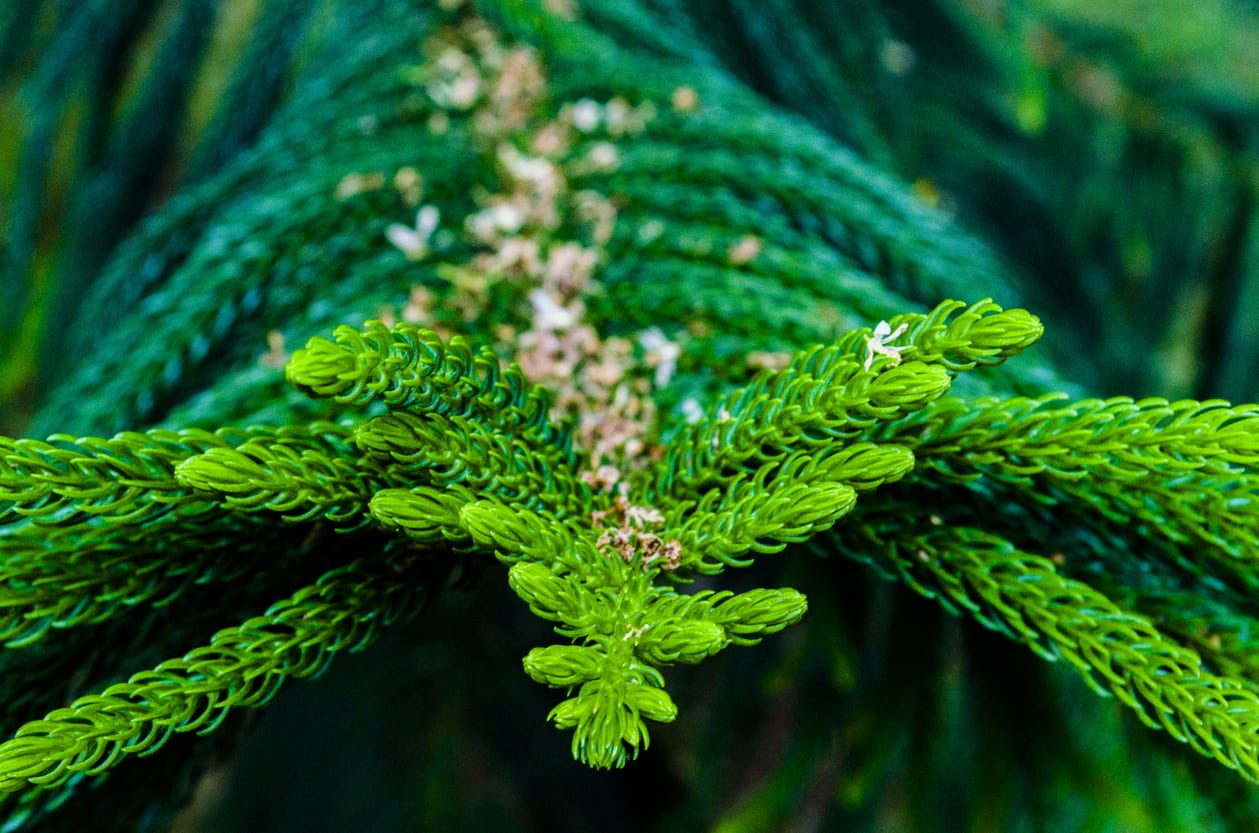 Norfolk Pine Water Requirements: Learn How To Water A Norfolk Pine Tree
Norfolk Pine Water Requirements: Learn How To Water A Norfolk Pine TreeNorfolk pines (also frequently called Norfolk Island pines) are big beautiful trees native to the Pacific Islands. But how much water does a Norfolk pine need? Click this article to learn more about Norfolk Island pine water requirements.
By Liz Baessler
-
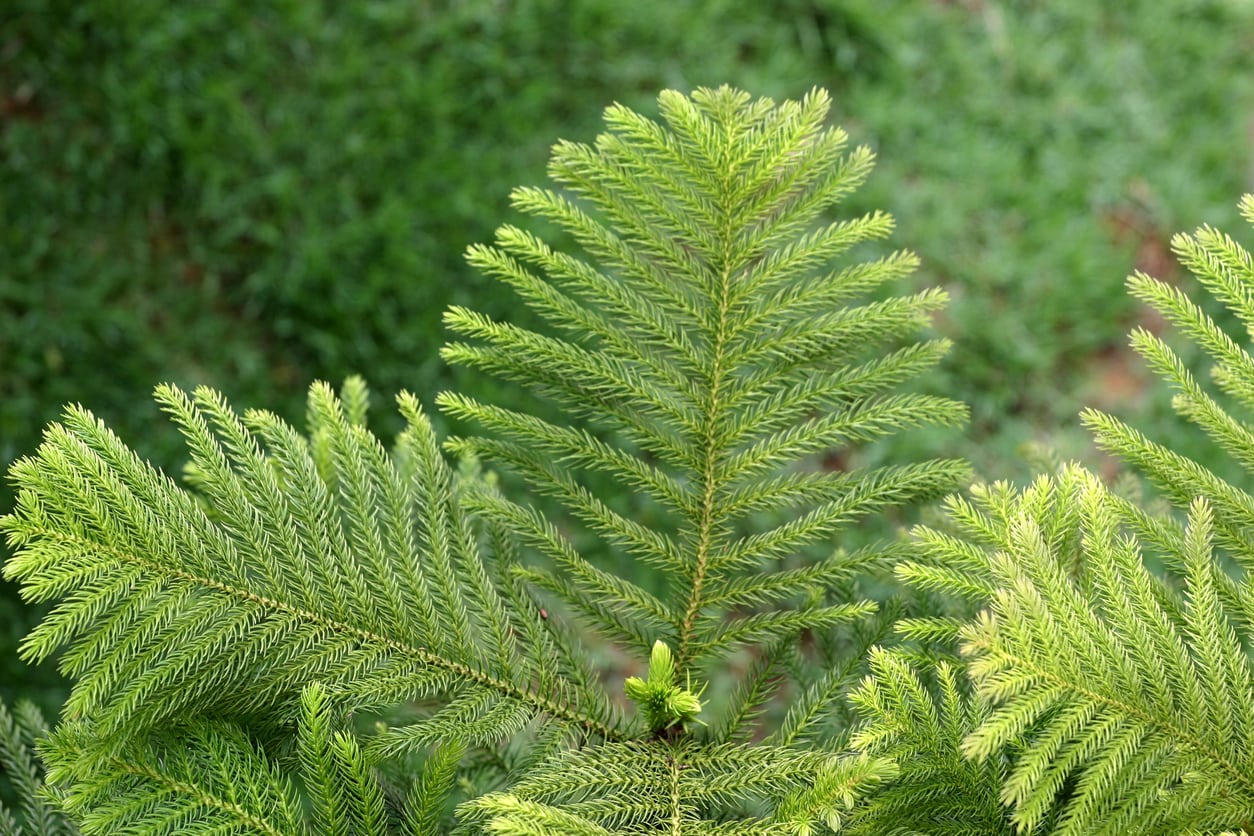 Can A Norfolk Island Pine Grow Outdoors – Planting Norfolk Pines In The Landscape
Can A Norfolk Island Pine Grow Outdoors – Planting Norfolk Pines In The LandscapeYou?re far more likely to see Norfolk Island pine in the living room than a Norfolk Island pine in the garden. Can a Norfolk Island pine grow outdoors? It can in the correct climate. Click here to learn about their cold tolerance and tips on caring for outdoor Norfolk Island pines.
By Teo Spengler
-
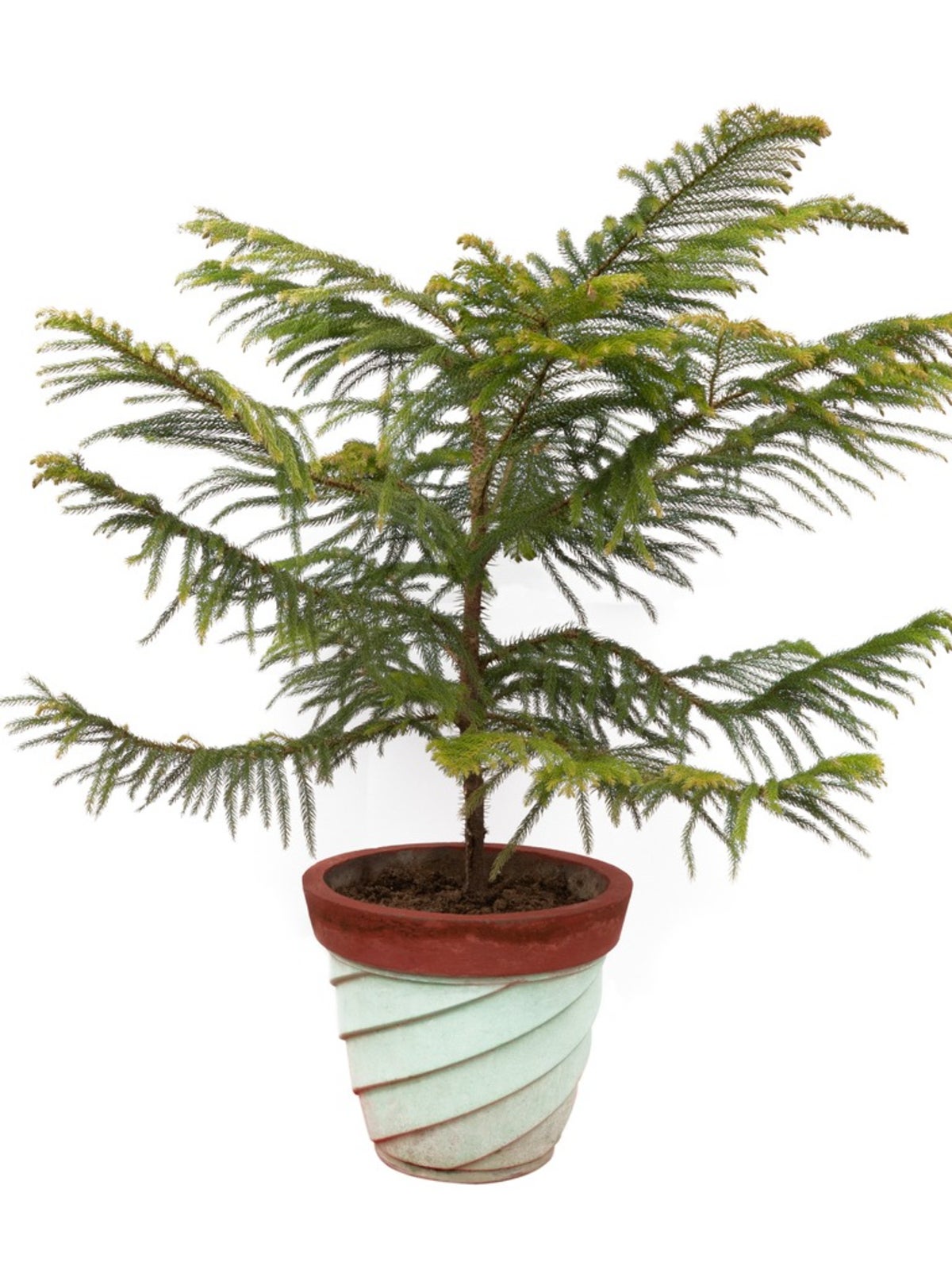 Norfolk Island Pine Repotting: Learn How To Repot A Norfolk Island Pine
Norfolk Island Pine Repotting: Learn How To Repot A Norfolk Island PineThe Norfolk Island pine thrives in warmer climates and can grow very tall, but when grown in containers it makes a nice, compact houseplant in any climate. Learn how to transplant your Norfolk so you can keep it happy and healthy in the following article.
By Mary Ellen Ellis
-
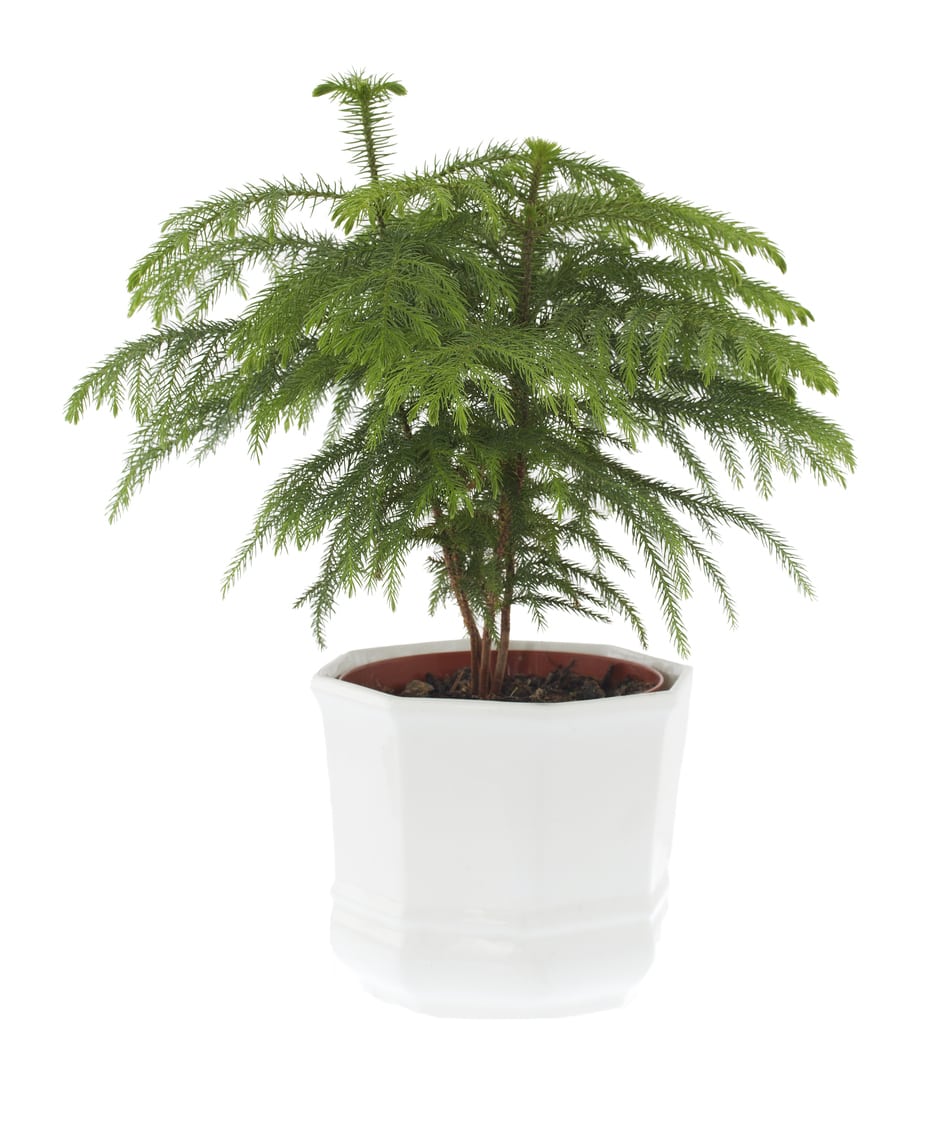 Propagating Norfolk Pines: How To Propagate Norfolk Pine Trees
Propagating Norfolk Pines: How To Propagate Norfolk Pine TreesNorfolk Island pines are graceful, ferny, evergreen trees. Their beautiful symmetrical growth habit make them popular indoor plants. Propagating Norfolk pines from seeds is definitely the way to go for creating more of these plants. Click here for more info.
By Teo Spengler
-
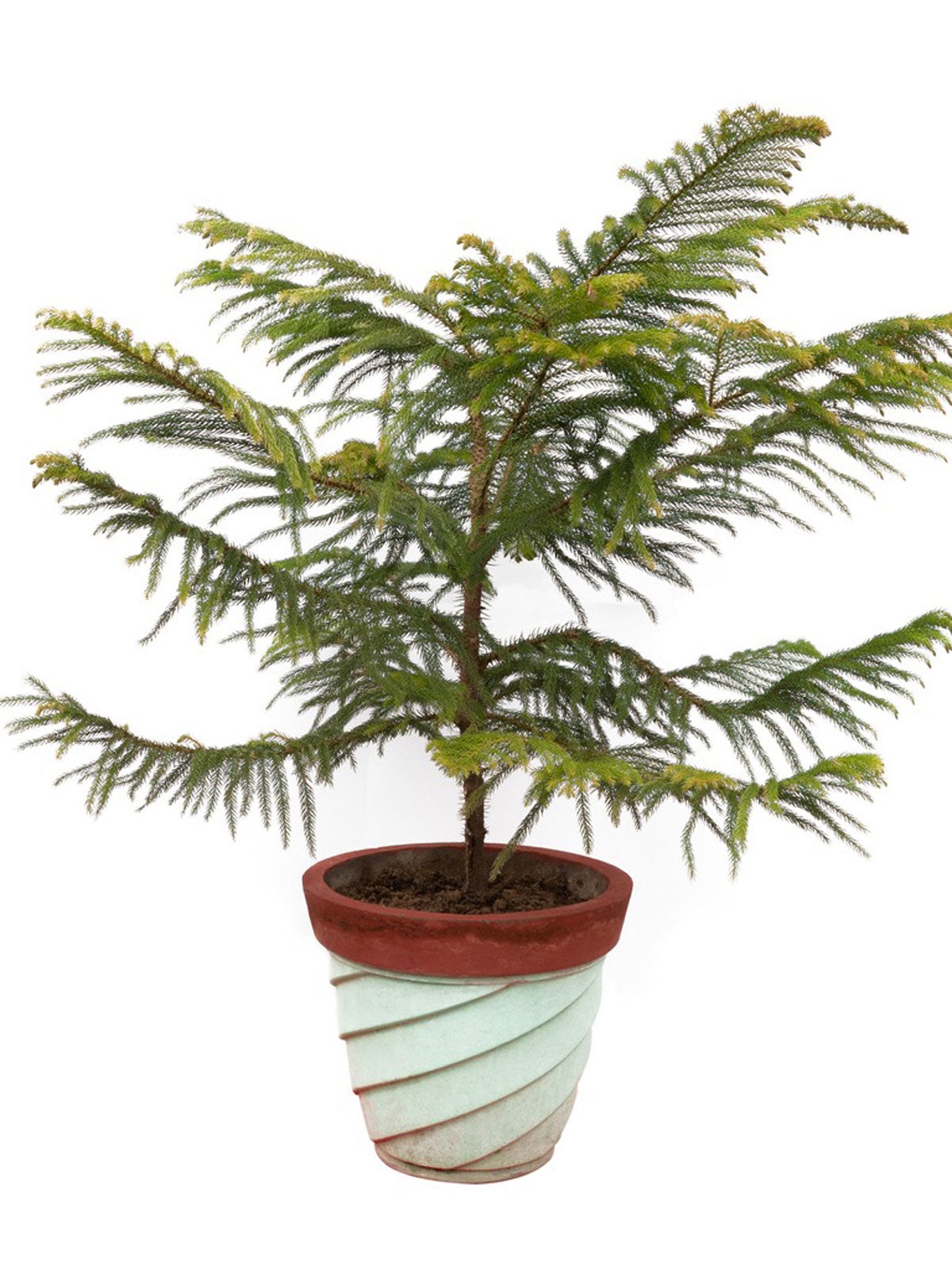 Norfolk Island Pine Pruning: Information On Trimming A Norfolk Island Pine
Norfolk Island Pine Pruning: Information On Trimming A Norfolk Island PineIf you want to keep the container tree or transplant it outdoors, you may want to know about the pruning of Norfolk Island pine trees. Should you prune a Norfolk Island pine? Learn the ins and outs of Norfolk Island pine pruning in this article.
By Teo Spengler
-
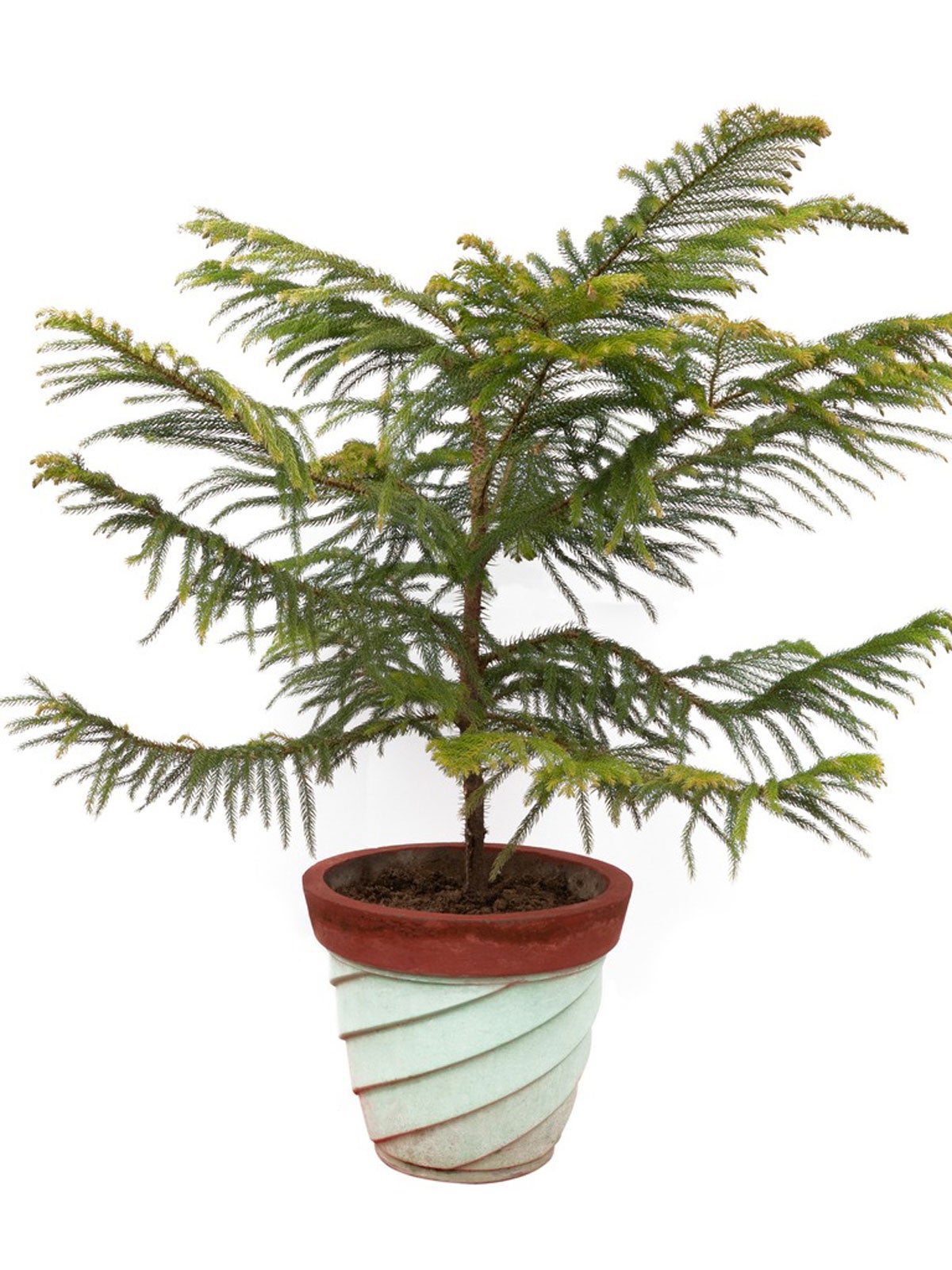 Norfolk Pine Dropping Branches: What To Do For Branch Tips Falling Off Norfolk Pine
Norfolk Pine Dropping Branches: What To Do For Branch Tips Falling Off Norfolk PineAlthough not a true pine, Norfolk Island pines produce beautiful branches and adapt well to indoor life. But what happens when those branches begin dropping? Learn more here.
By Kristi Waterworth
-
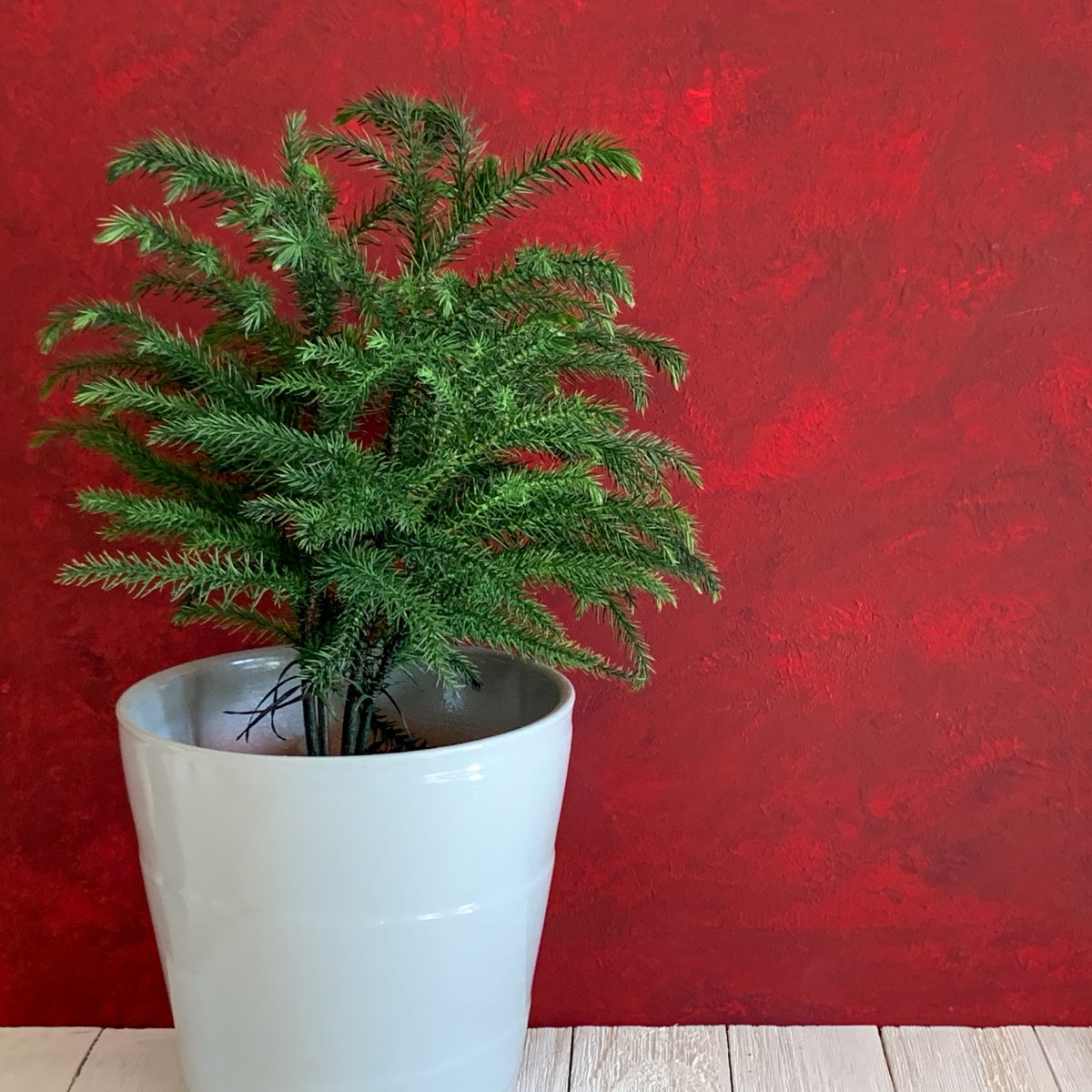 Norfolk Island Pine Care: Expert Tips For A Lush, Tropical Tree Indoors
Norfolk Island Pine Care: Expert Tips For A Lush, Tropical Tree IndoorsCaring for a Norfolk Island pine as an indoor plant requires a few specific conditions, but is well worth the effort. Here's how to do it.
By Heather Rhoades